Titanium Nitride Sputtering Target Description
TFM is your reliable source for premium titanium nitride (TiN) sputtering targets, composed of a ceramic material containing titanium (Ti) and nitrogen (N). TiN is renowned for its extreme hardness and is widely used as a high-performance coating on various substrates, including titanium alloys, steel, carbide, and aluminum, to enhance their surface properties. Our TiN sputtering targets are specifically engineered for use in thin film deposition processes, providing exceptional uniformity, adhesion, and wear resistance.
Related Product: Titanium Sputtering Target
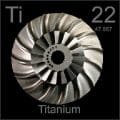
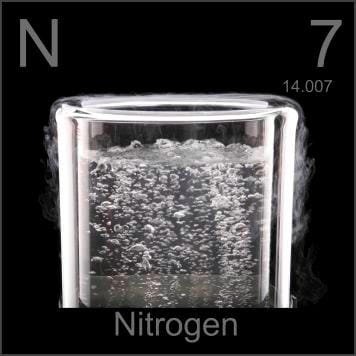
Titanium Nitride Sputtering Target Specification
| Material Type | Titanium Nitride |
| Symbol | TiN |
| Color/Appearance | Yellow-Brown, Crystalline Solid |
| Melting Point | 2,930° C |
| Density | 5.4 g/cm3 |
| Available Sizes | Dia.: 2.0″, 3.0″, 4.0″, 5.0″, 6.0″ Thick: 0.125″, 0.250″ |
We also offer other customized shapes and sizes of the sputtering targets; please Contact Us for more information.
Titanium Nitride Sputtering Target Application
- Titanium nitride (TiN) sputtering targets are widely used to create TiN films, known for their excellent hardness and corrosion resistance. These coatings are commonly applied to machine tools like drills and milling cutters, significantly extending their service life, often by more than three times. Due to TiN’s metallic gold appearance, it is also popular for decorative applications, such as coating costume jewelry and automotive trim.In microelectronics, thin films of TiN serve as conductive layers that connect active devices to metal contacts, while also acting as diffusion barriers to prevent metal diffusion into silicon. Additionally, TiN films are utilized as electrodes in bioelectronic applications, such as smart implants and in vivo biosensors, due to their durability and resistance to corrosion from body fluids.
Titanium Nitride Sputtering Target Packing
Our titanium nitride sputter coater targets are meticulously tagged and labeled externally to guarantee efficient identification and quality control. We take great care to ensure that these targets are handled properly, avoiding any damage that might occur during storage or transportation, thus preserving the quality and integrity of our products.


 MSDS File
MSDS File
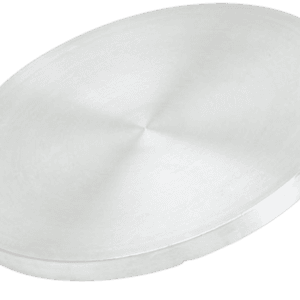
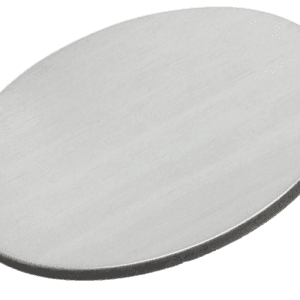
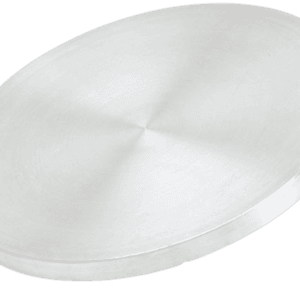
Reviews
There are no reviews yet.